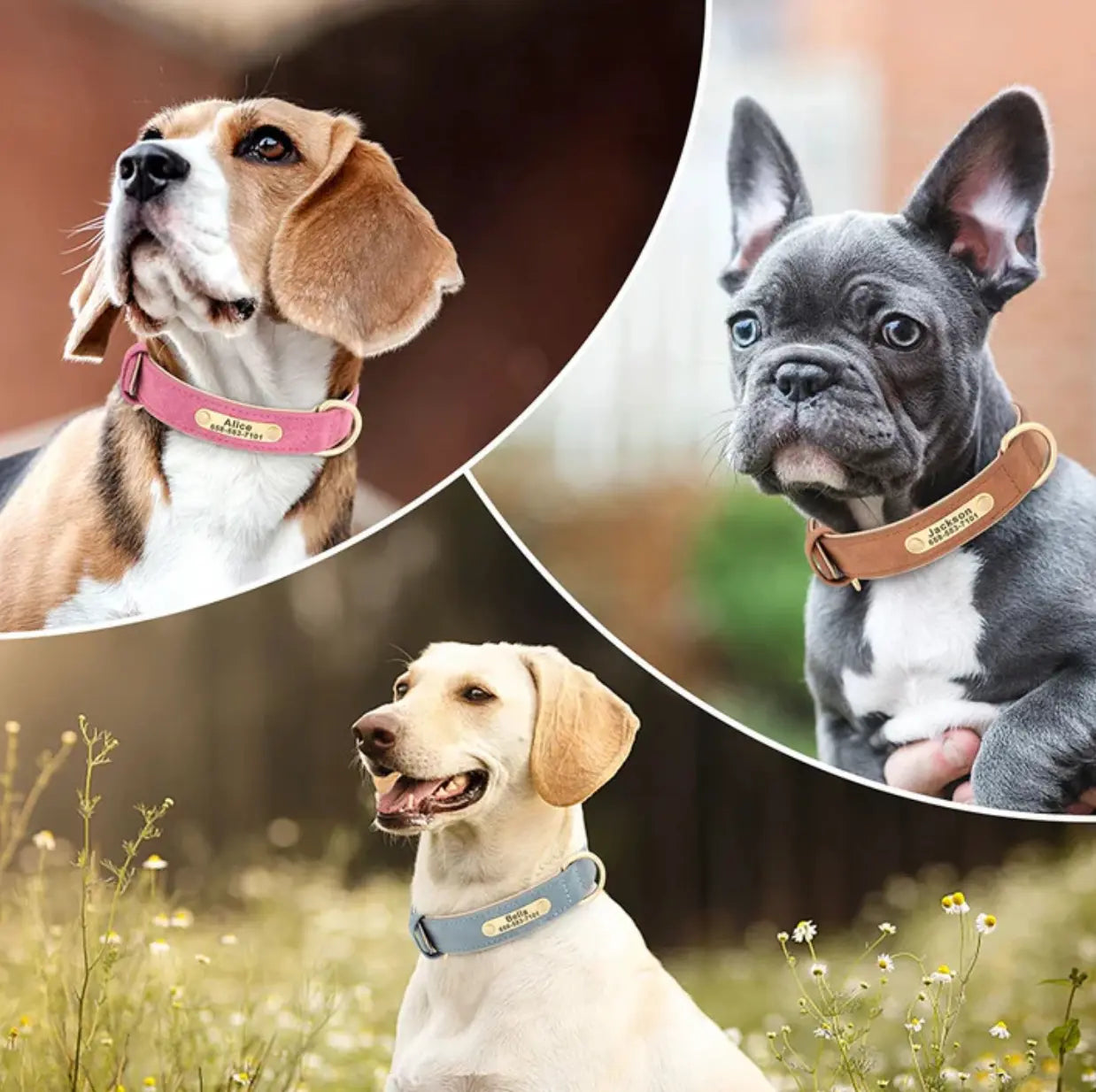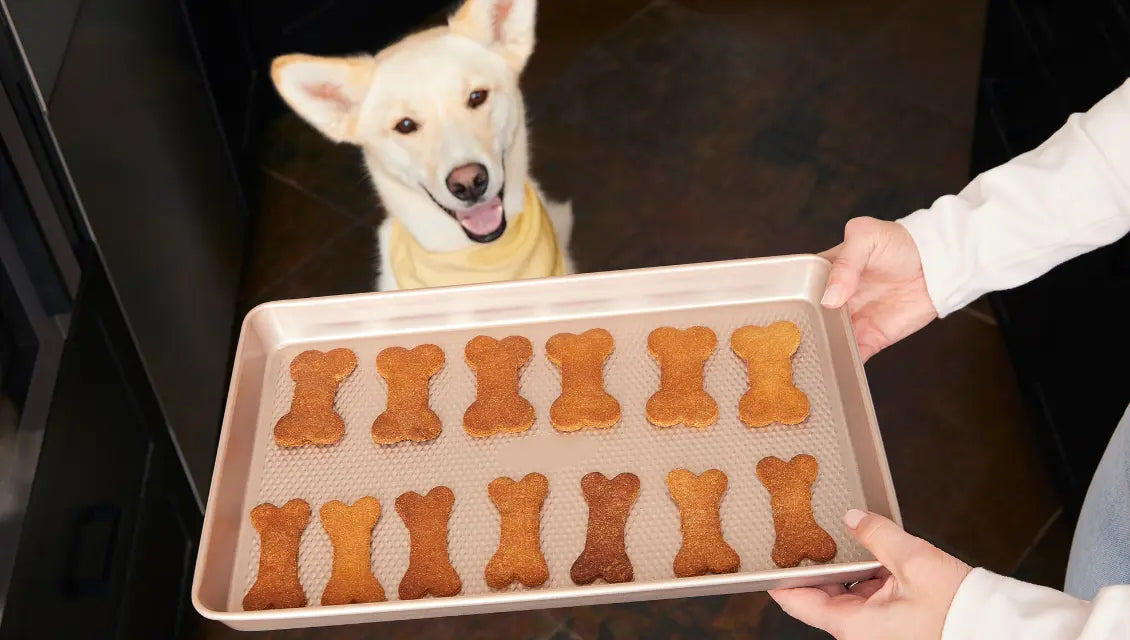Mealtime can either be a moment of peace—or a total mess. From scattered kibble to anxious gulping, many dog owners struggle with keeping feeding time calm, clean, and stress-free. But with the right setup, you can turn your dog’s mealtime into a healthy and comforting routine.
Whether you live in a small apartment or a house with multiple pets, creating an intentional feeding space helps manage mess, reduce anxiety, and promote better digestion. Here's how to do it.
1. Pick the Right Spot
Start by choosing a location that supports calm behavior. Avoid placing your dog’s bowls in high-traffic areas like hallways, near doors, or under the kitchen table. Too much movement or noise during mealtime can cause stress or food guarding—especially if you have more than one pet.
Instead, aim for a low-traffic, well-lit corner that allows your dog some privacy. If you have multiple dogs or cats, space their feeding stations apart to reduce competition and avoid meal-time tension.
2. Set the Foundation with a Quality Dog Feeding Mat
Even the neatest pups spill water or scatter food. That’s where a dog feeding mat makes a big difference. Look for a mat with the following features:
-
Non-slip backing to prevent bowls from sliding around
-
Raised edges to catch spills and protect your floors
-
Waterproof material for easy cleanup
-
Large enough surface area to fit both food and water bowls
A feeding mat does more than just protect your floor—it defines a clear mealtime zone, helping your dog associate that space with food and routine.
3. Slow Down Fast Eaters with a Purposeful Bowl
If your dog finishes their food in under 30 seconds, you’re not alone. Many dogs eat too quickly, which can lead to choking, vomiting, or even serious conditions like bloat.
A slow feeder is a simple yet effective solution. These specially designed bowls have built-in ridges and patterns that force your dog to eat more slowly, promoting better chewing and digestion. They also reduce anxiety by turning meals into a more engaging activity.
Explore options like the one from Yomp’s designed to combine fun, function, and durability in one clever bowl.
4. Keep Feeding Supplies Organized
Part of a clean setup is having all mealtime essentials within easy reach. Store dry food in a sealed, airtight container to maintain freshness and keep pests out. Have a scoop or measuring cup nearby so you can portion food correctly each time.
If your dog takes supplements, medications, or toppers, use a small tray or shelf to keep everything in one place. You’ll save time, reduce clutter, and avoid the daily scramble.
Bonus tip: Wipe bowls and mats daily, and wash food and water bowls thoroughly at least once a week to prevent bacteria buildup.
5. Establish a Routine—and Stick to It
Dogs thrive on routine. Feeding your dog at the same times each day supports their digestion and reinforces good behavior. You’ll also avoid the endless whining and pacing that can happen when mealtimes are inconsistent.
Try to keep your tone and actions calm during feeding. Avoid hovering or hyping your dog up while they eat. Let them enjoy their meal in peace, and always give them a few minutes afterward before initiating play or going for a walk.
6. Consider Elevated Feeders or Placement Aids for Certain Dogs
Not all dogs have the same physical needs at mealtime. For older dogs, large breeds, or those with arthritis or joint issues, bending down to eat from a bowl on the floor can cause strain or discomfort. In these cases, an elevated feeder can make a big difference.
Benefits of Elevated Feeders:
-
Reduced neck and joint strain: Especially helpful for senior dogs or breeds with long legs and deep chests.
-
Improved posture while eating: Keeps your dog’s head, neck, and spine in better alignment.
-
Cleaner mealtime experience: Elevated stands help keep bowls in place, reducing sliding and tipping.
That said, elevated feeders aren’t for every dog. Some studies suggest that for certain breeds—especially those prone to bloat or gastric torsion—elevated bowls may increase risk. If your dog falls into this category (like Great Danes, Weimaraners, or Standard Poodles), check with your vet before making the switch.
Also consider your dog’s eating style: if they push their food around or tip bowls frequently, an elevated stand with a wide, sturdy base can help keep everything steady and secure.
Pro tip: If you’re not ready to invest in a full stand, try placing your dog’s feeding mat on a slightly raised platform like a low step or rubber block to test what works best.
7. Make Clean-Up Easy (So You’ll Actually Do It)
A great feeding space isn’t just calm—it’s clean. And the easier it is to clean, the more likely you are to keep it that way.
Start with the Right Materials:
-
Bowls: Choose stainless steel or high-quality BPA-free plastic. These resist bacteria buildup and are dishwasher-safe. Avoid ceramic if it chips easily or develops cracks.
-
Feeding mats: Waterproof mats are your best friend. They catch spills and can be wiped clean or rinsed after each meal. Silicone or rubber mats with raised edges help trap food and water before they spread across the floor.
Daily Clean-Up Checklist:
-
Wipe the feeding mat with a damp cloth or paper towel after each meal.
-
Rinse or wipe down food and water bowls—especially if wet food or toppers are involved.
-
Sweep or vacuum around the feeding zone to pick up stray kibble.
Weekly Deep Clean:
-
Run bowls through the dishwasher or wash thoroughly with hot, soapy water.
-
Rinse mats with warm water and let them air dry.
-
Sanitize the area underneath the mat or stand to prevent grime buildup.
Clean-up isn’t just about aesthetics. A messy feeding area can attract ants, develop mold, or harbor bacteria that affect your dog’s health. By using tools like a quality dog feeding matand durable bowls, you make the entire process quick, simple, and sustainable.
A Better Mealtime, One Small Change at a Time
Creating a calm and clean feeding space for your dog doesn’t require a full kitchen remodel. With thoughtful choices—like using a dog feeding mat to catch spills and adding a slow feeder bowl to encourage healthy eating—you can transform daily meals into a routine that benefits your dog’s body and mind.
These small changes lead to better digestion, less stress, and a more enjoyable mealtime experience for both of you.



